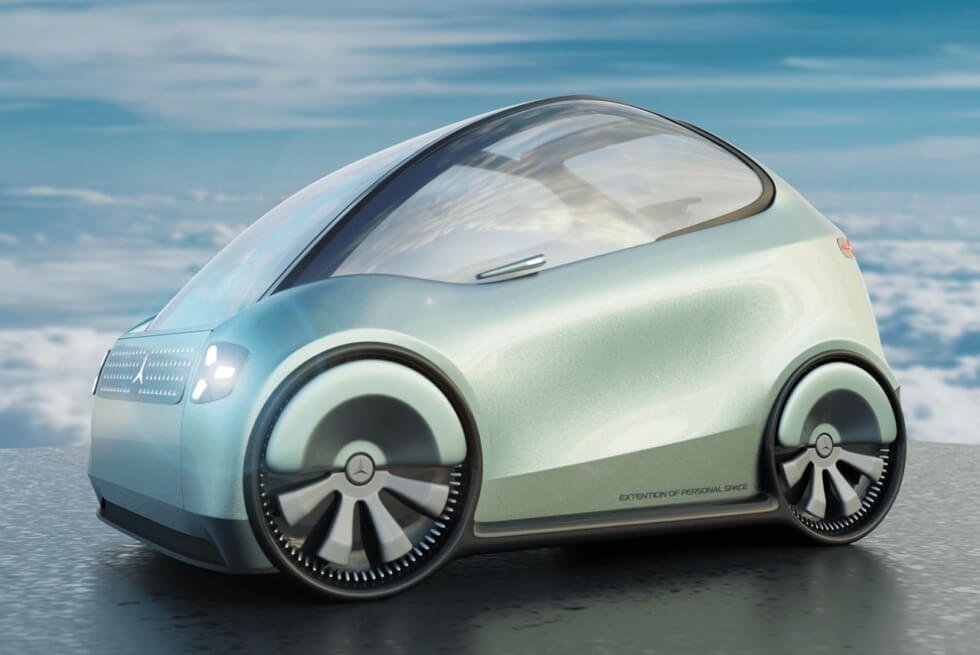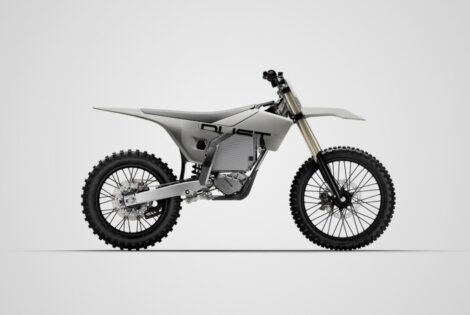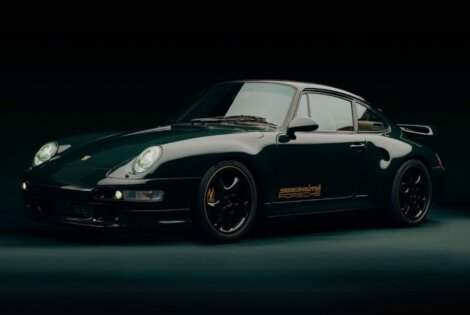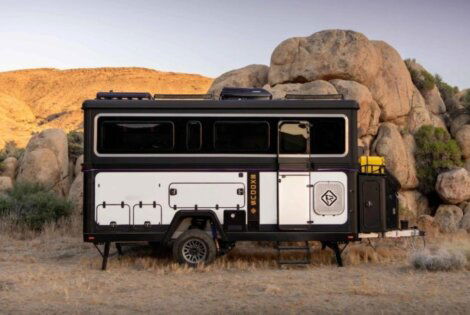Before the annual Consumer Electronics Show welcomes attendees this year, it was hinted that carmakers will have a huge presence to showcase their latest and upcoming sustainability platforms. Before anything of note hits the headlines, we want to highlight a concept by Richard Huang called the Mercedes-Benz Vision iMobility. Here’s what this compact urban commuter has to offer.
Everyone already knows the automotive industry is actively shifting production away from internal combustion engines. Studies show fossil fuels remain a major source of carbon emissions. Thankfully, marques like Mercedes-Benz and others now offer mild hybrids, plug-in hybrids, and all-electric options for almost their entire range.
The Vision iMobility is an interesting proposal given the German group’s previously detailed advancements in various autonomous driving technologies. As such, the designer incorporated the self-driving idea heavily into the configuration and presentation of the cabin. From the outside, we have the typical city commuter fin place.
Since it purportedly leverages level 5 autonomous capabilities, there is no manual steering mechanism in place. Instead, the owner can lounge on a motorized recliner and just relax while the EV navigates to their destination. The cabin can be customized to promote wellness and according to personal taste.
An almost egg-like body riding on four wheels with aerodynamic contours, decorative LED elements, rear-facing side cameras, a panoramic windshield, and large windows. Drivers enter their Vision iMobility via a combination of a swing-out door and a canopy system at the front. The rear opens a bit differently and provides adequate space for cargo.
“Vision iMobility is a fully autonomous micro car designed to address the challenges faced by individuals in East Asia, where demanding work cultures and long hours contribute to high levels of exhaustion. The aim is to transform the daily commute into a personalized and rejuvenating experience, offering a space for relaxation and well-being,” detailed Huang.
Learn More
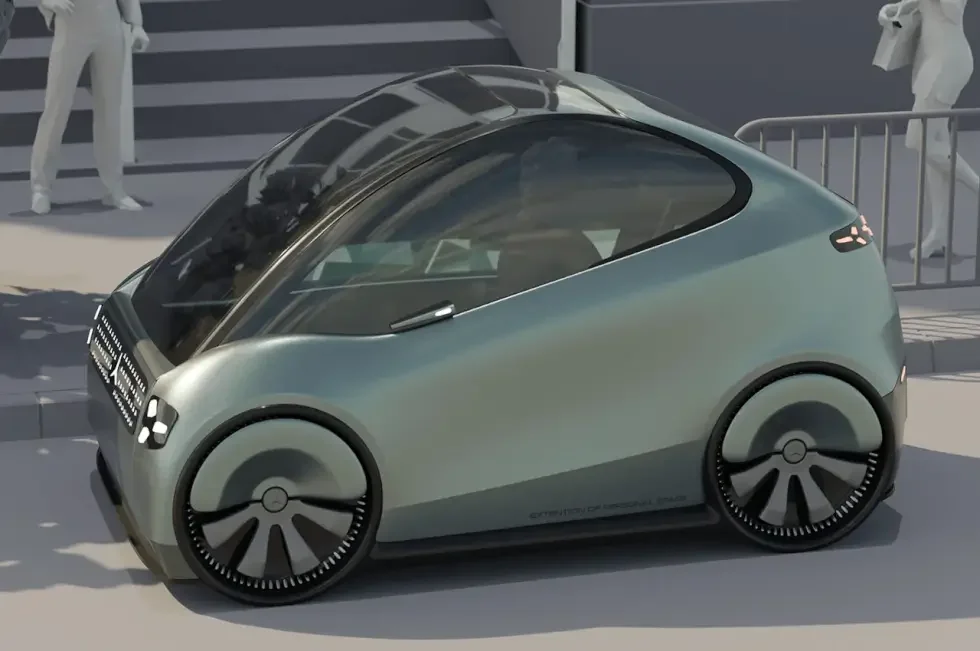
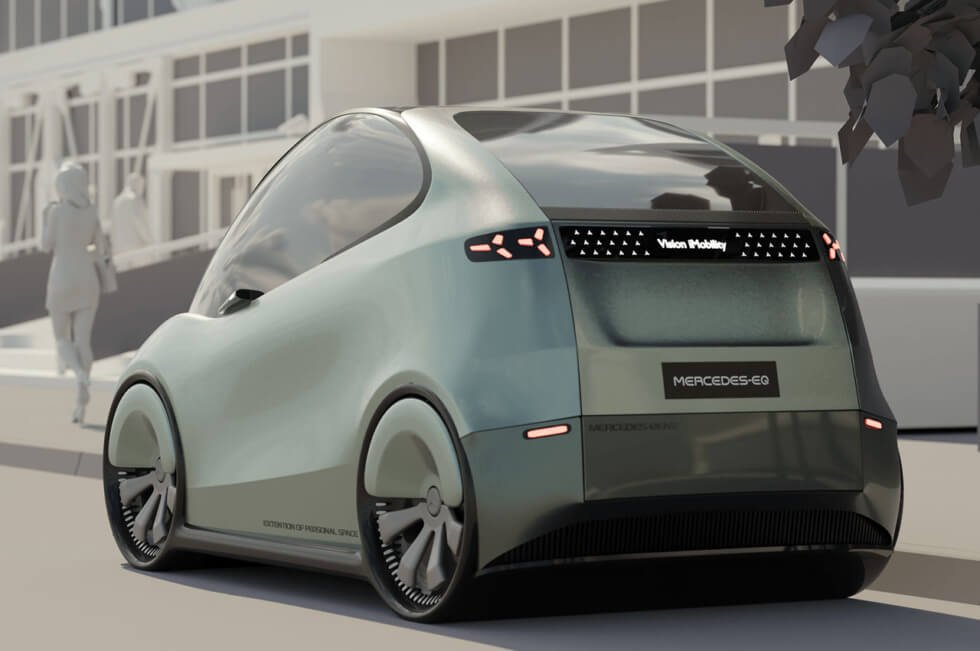
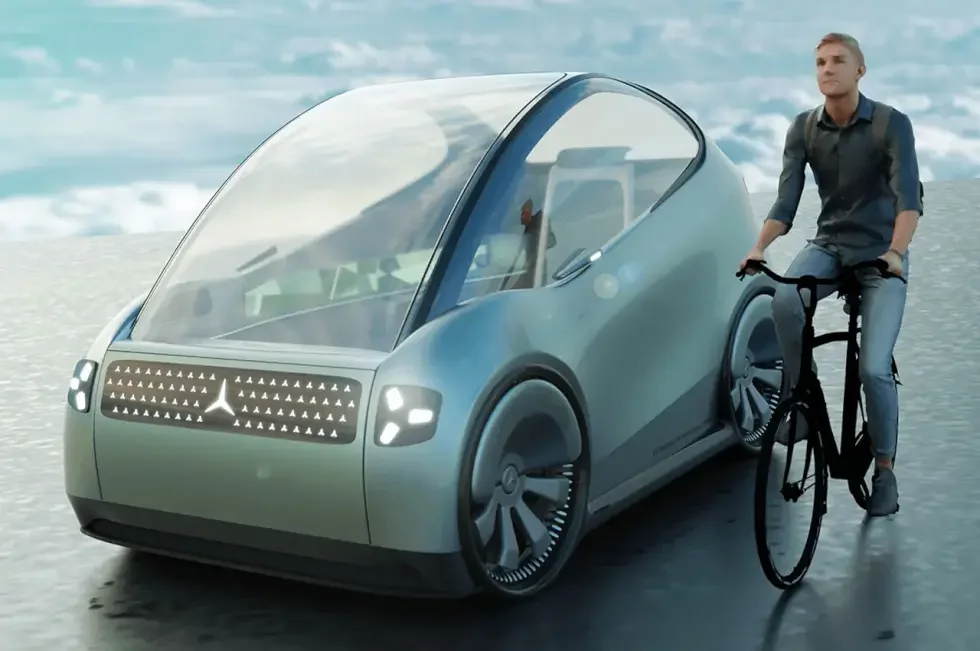
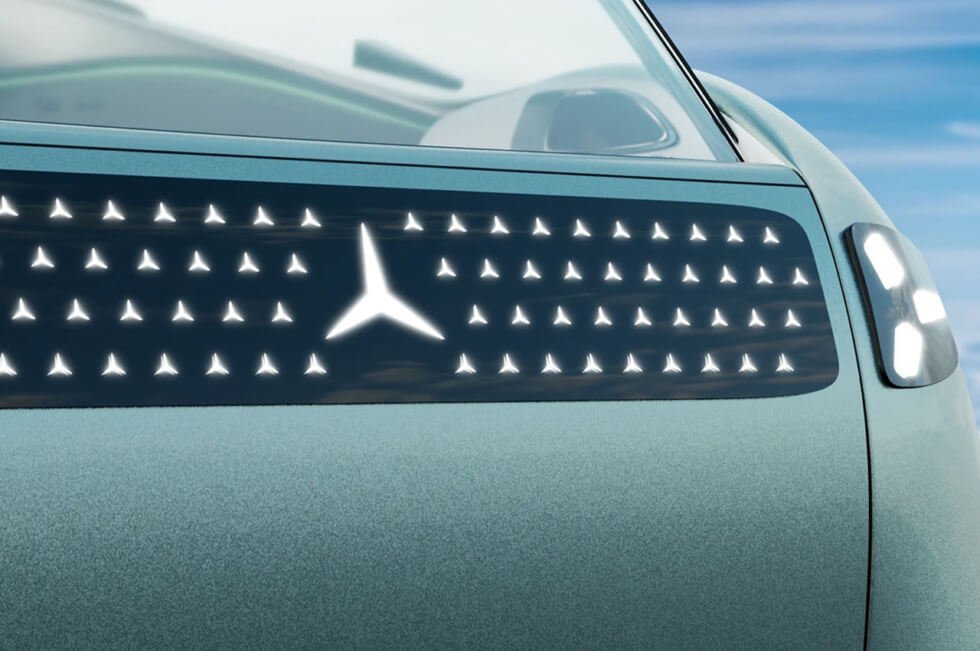
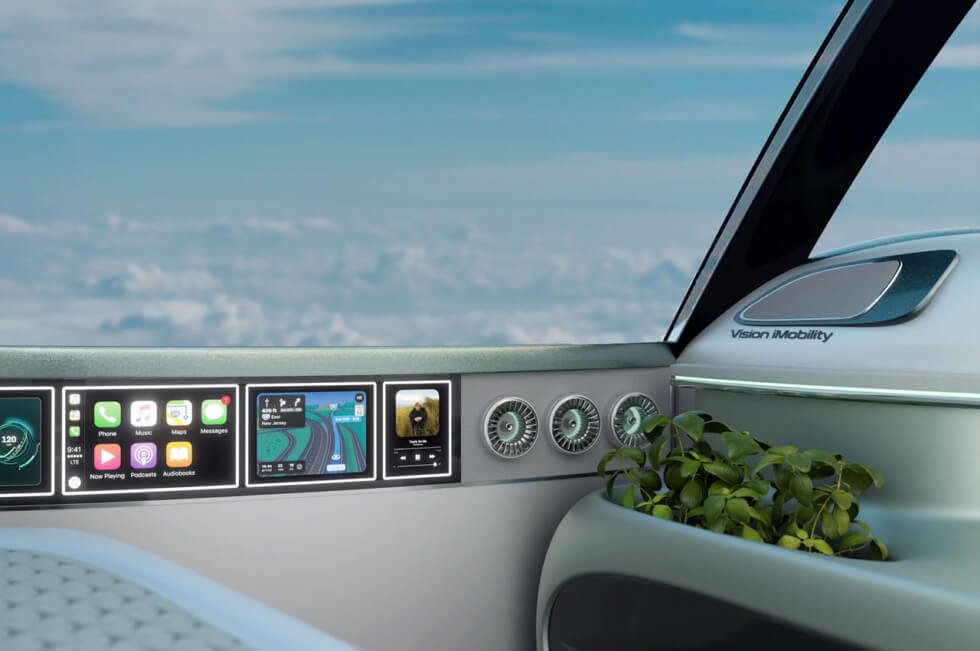
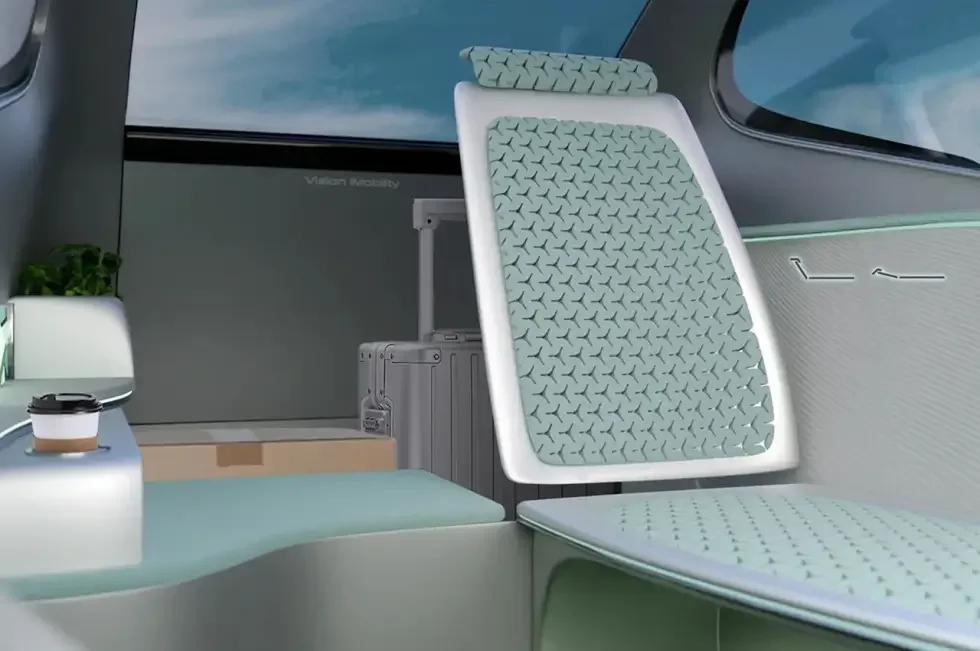
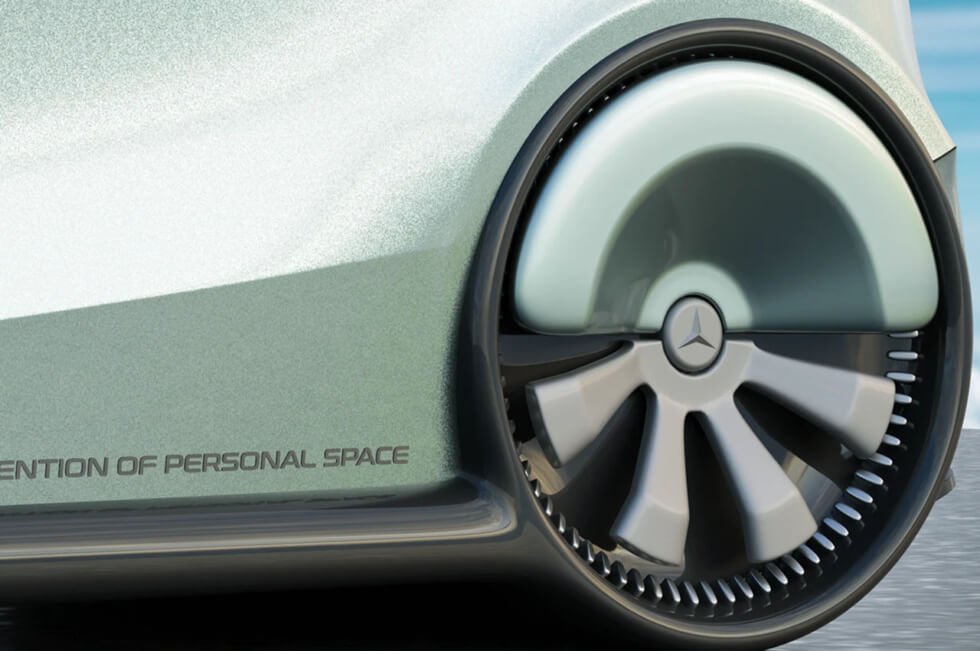
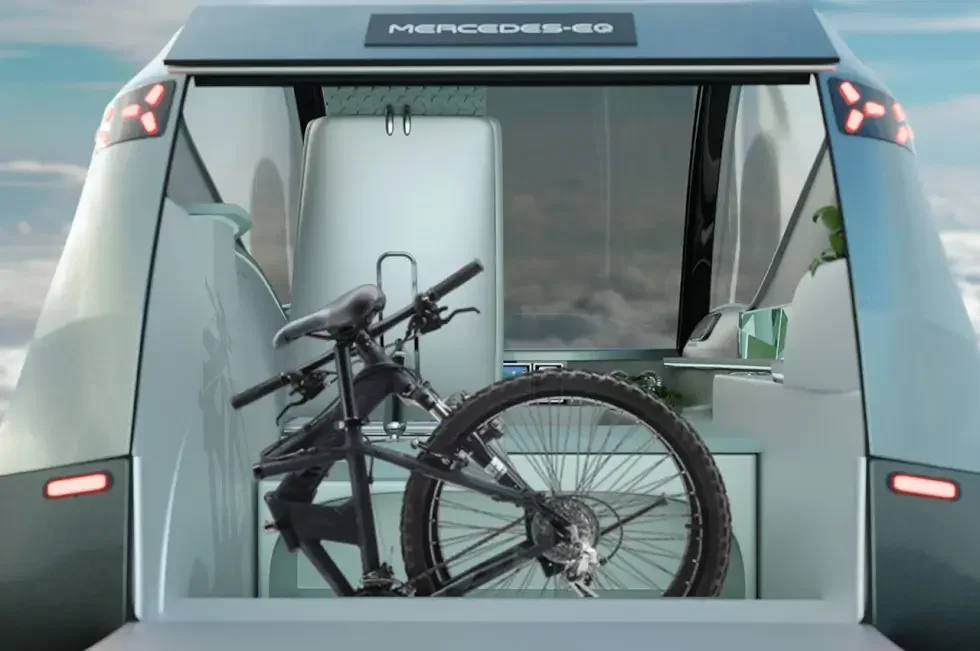
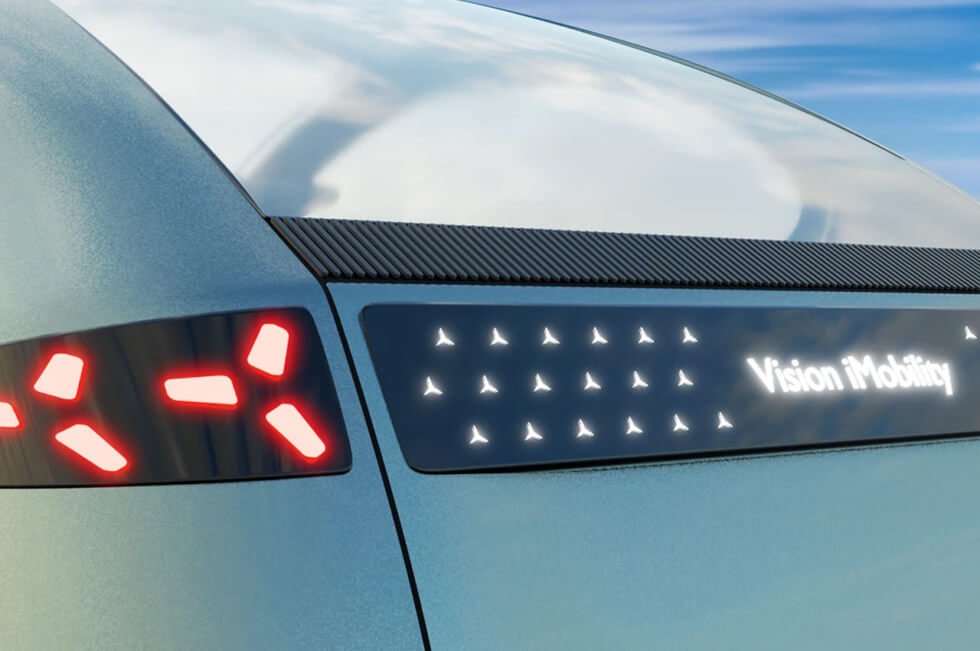
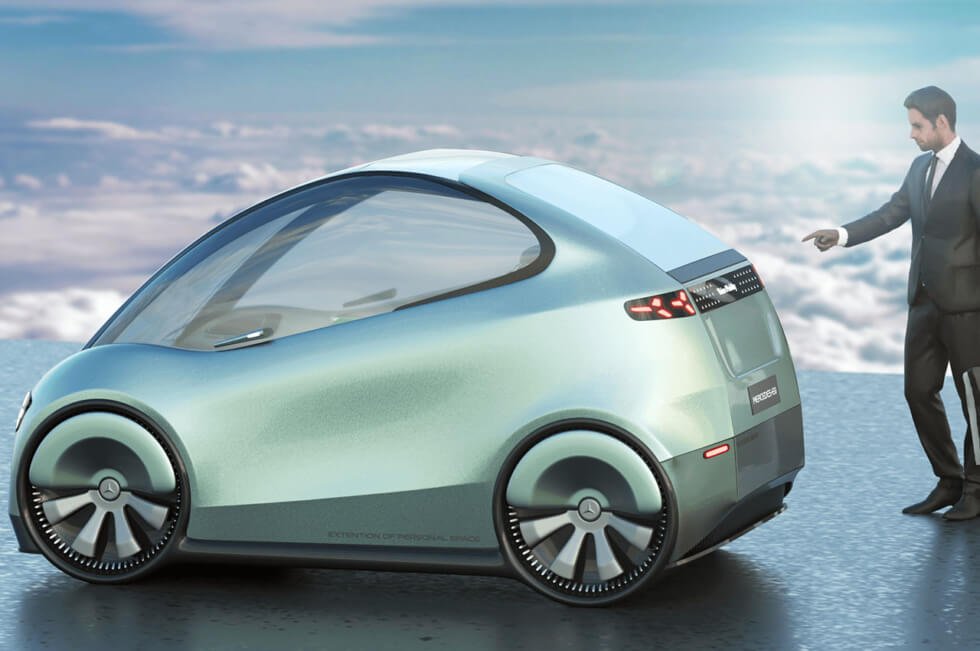
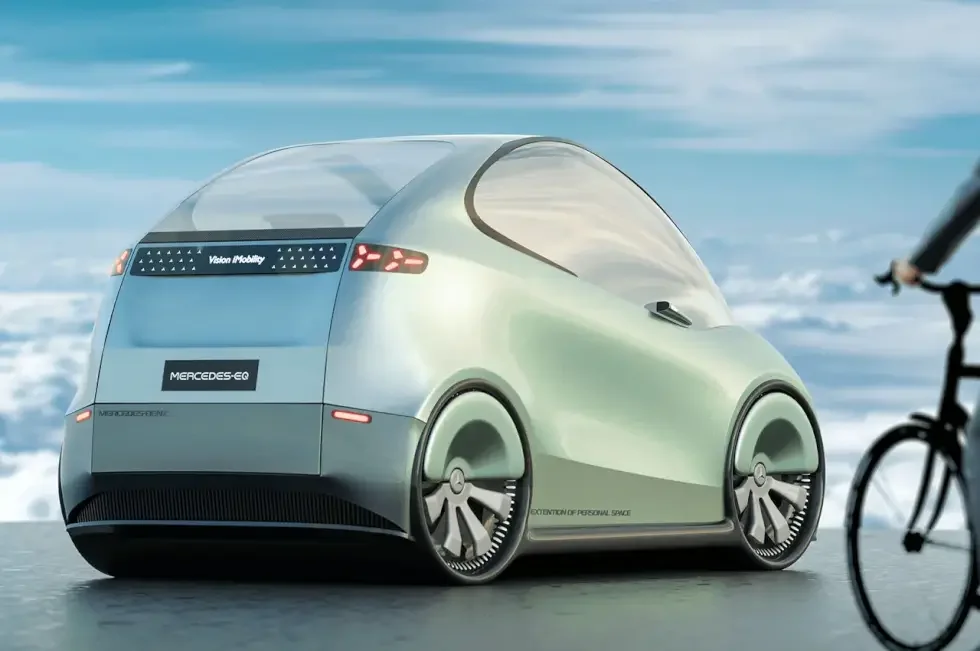
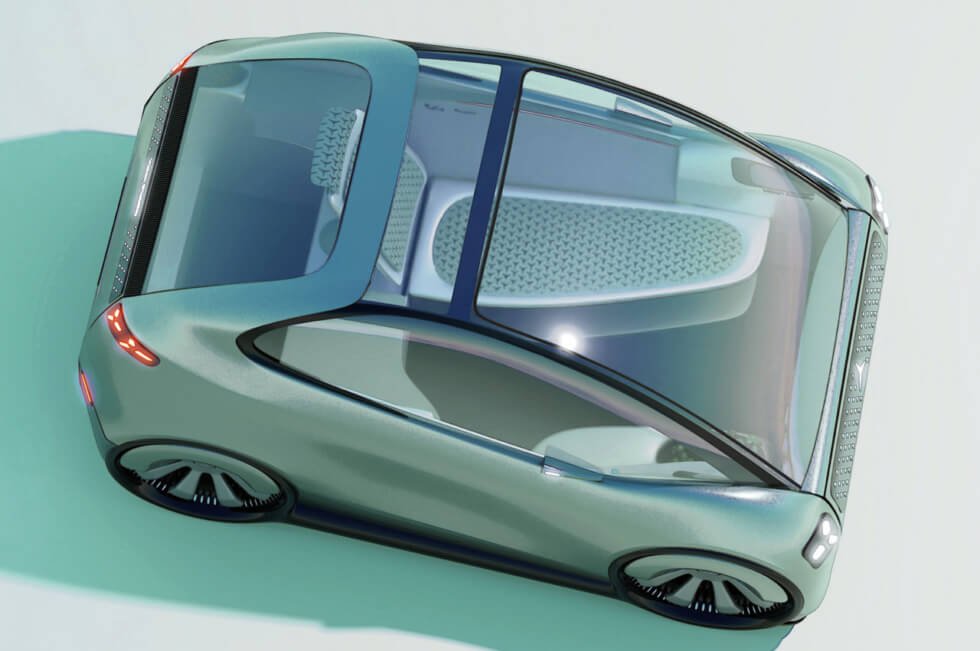
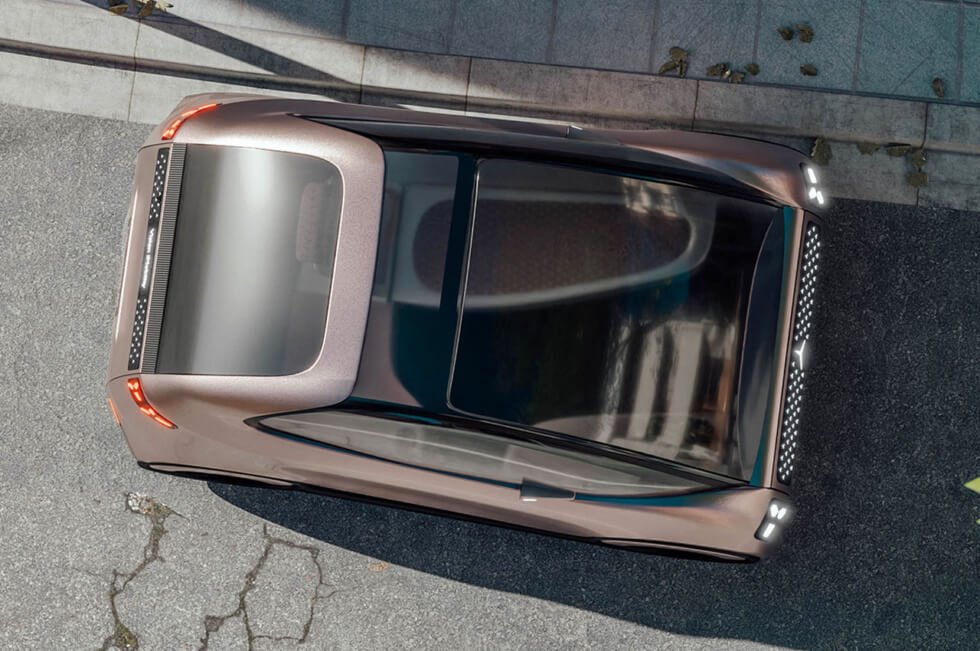
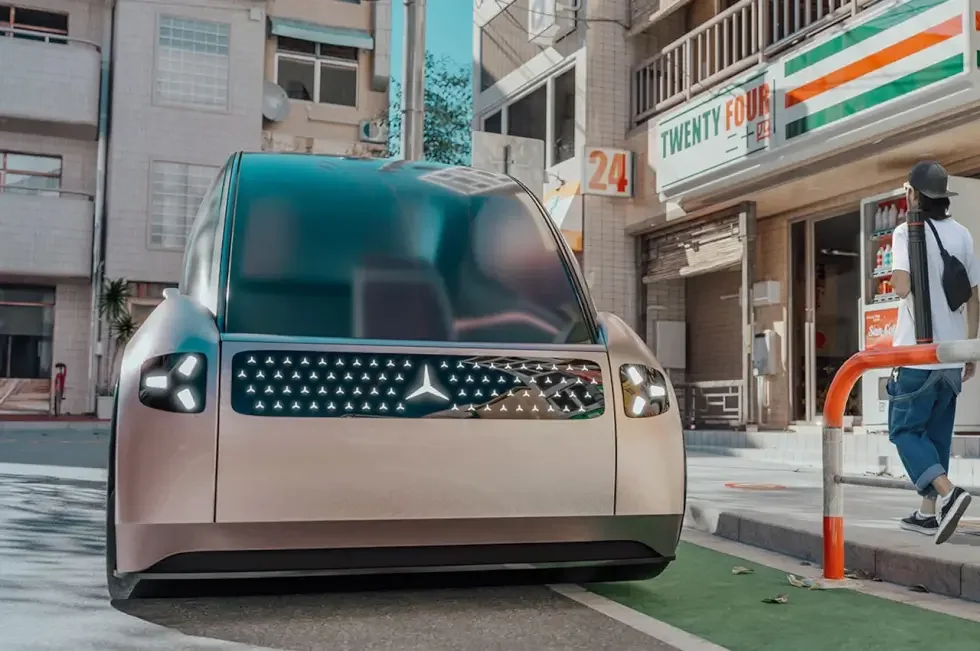
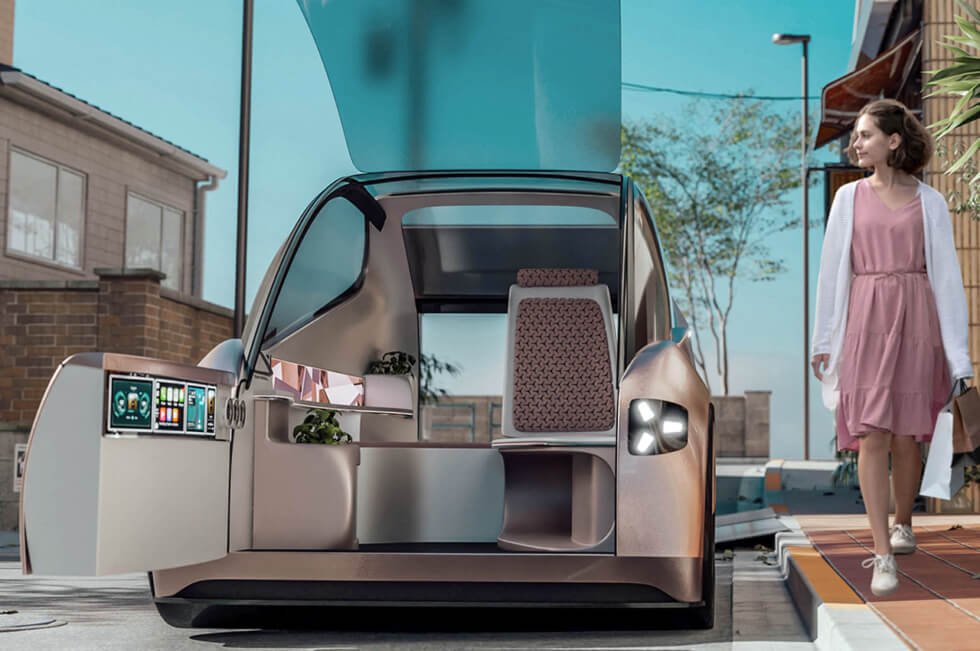
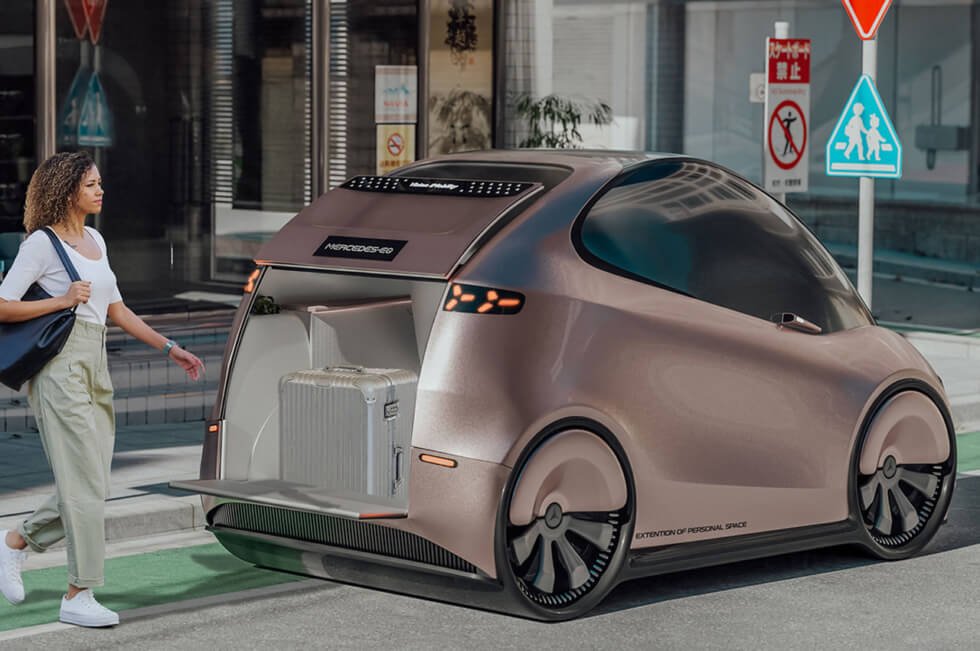
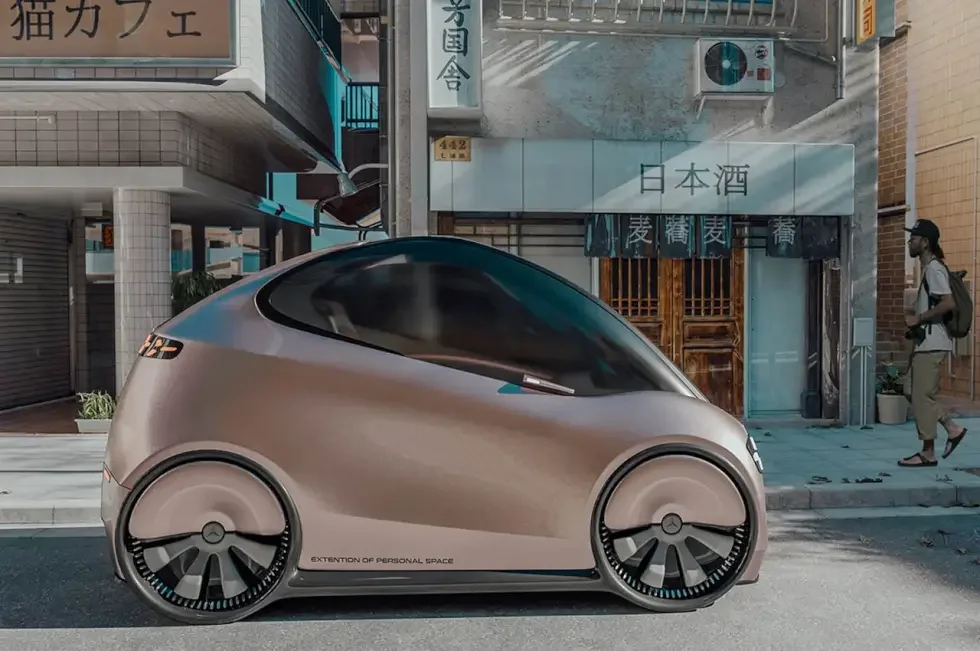
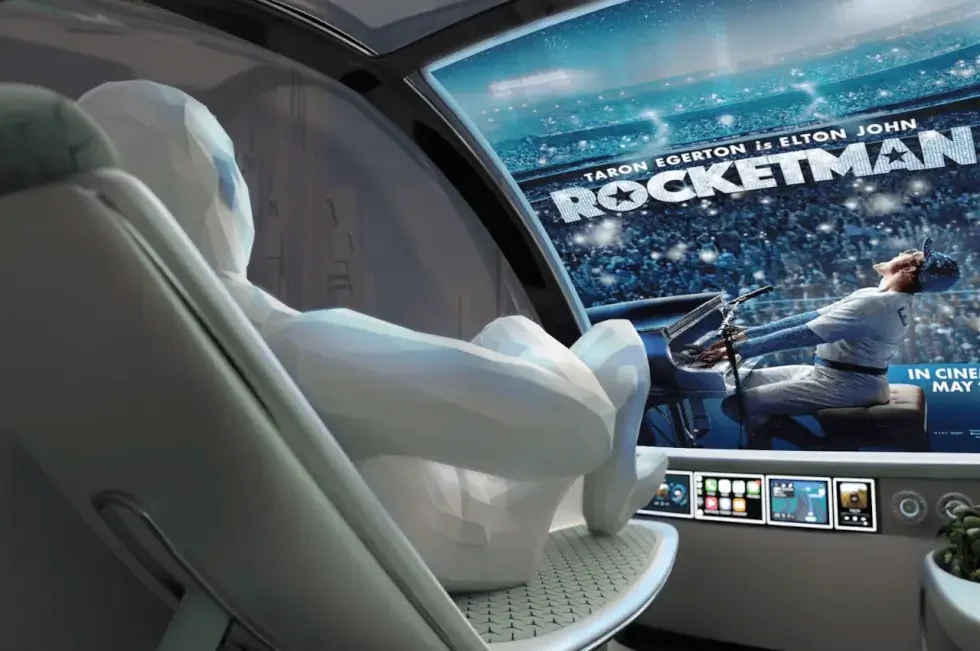
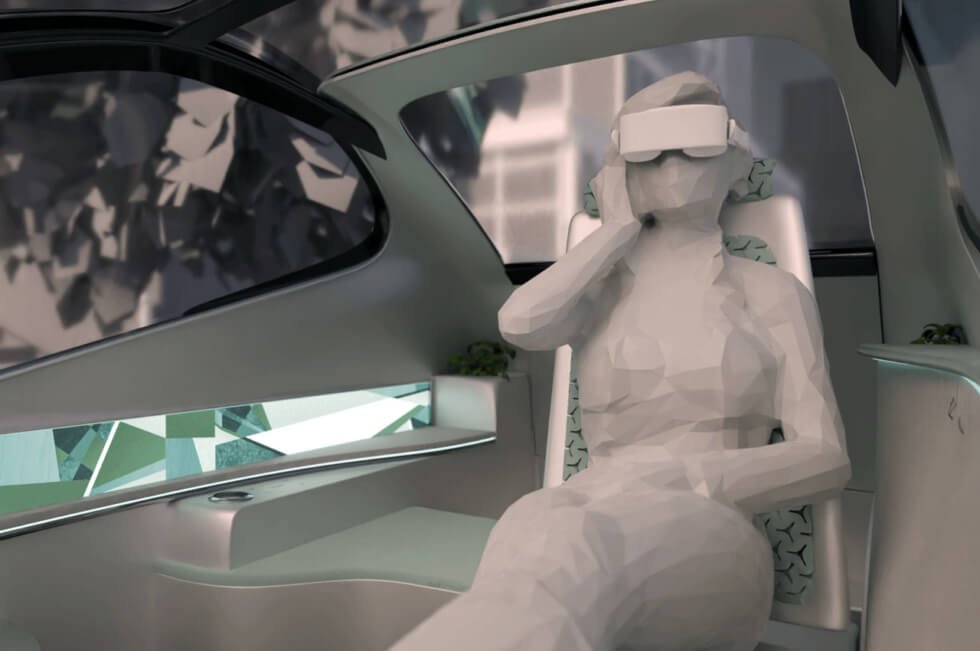
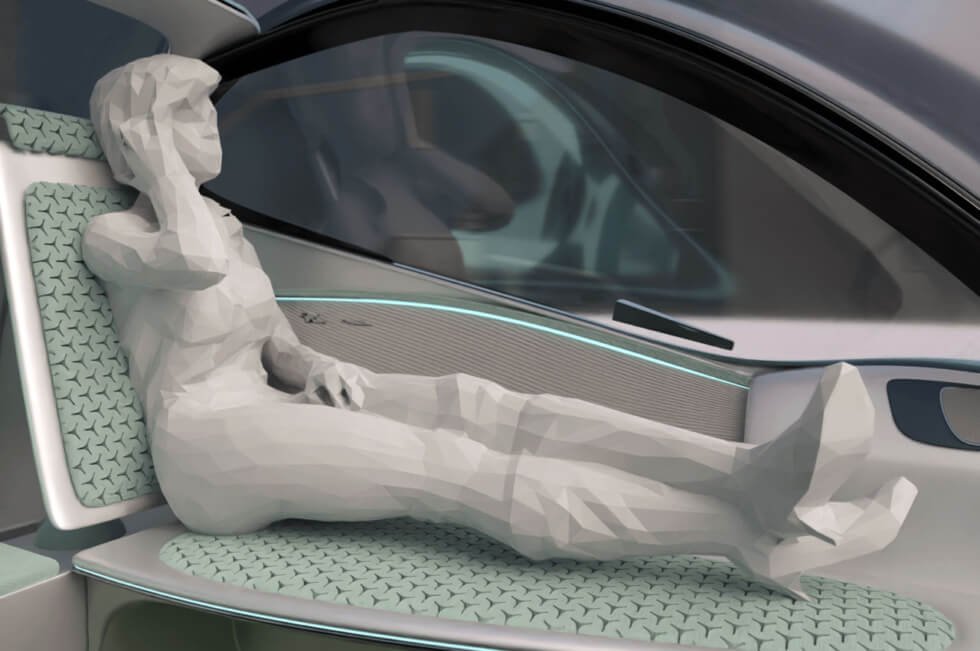
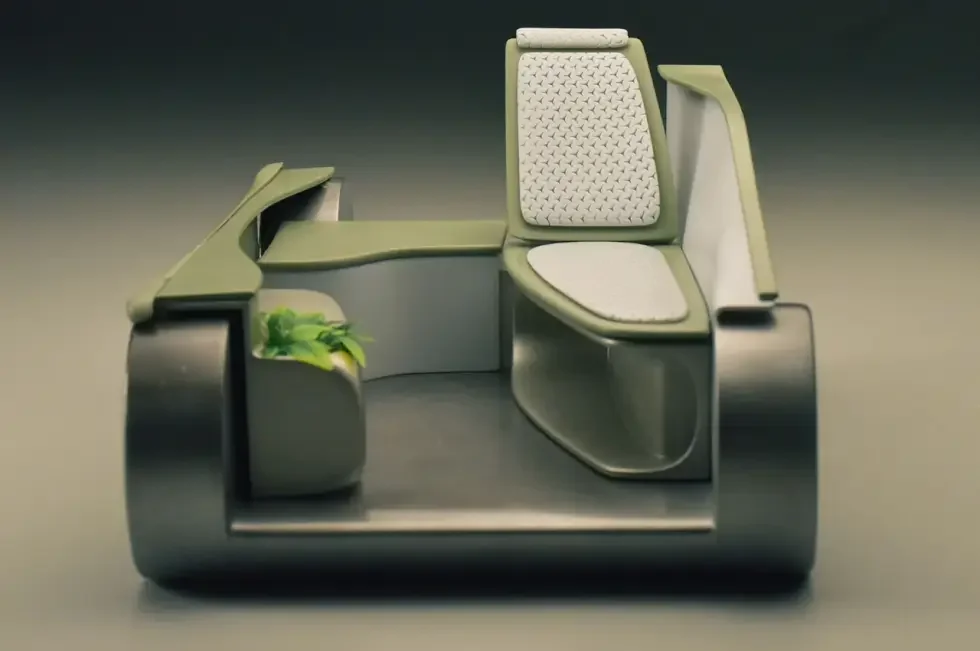
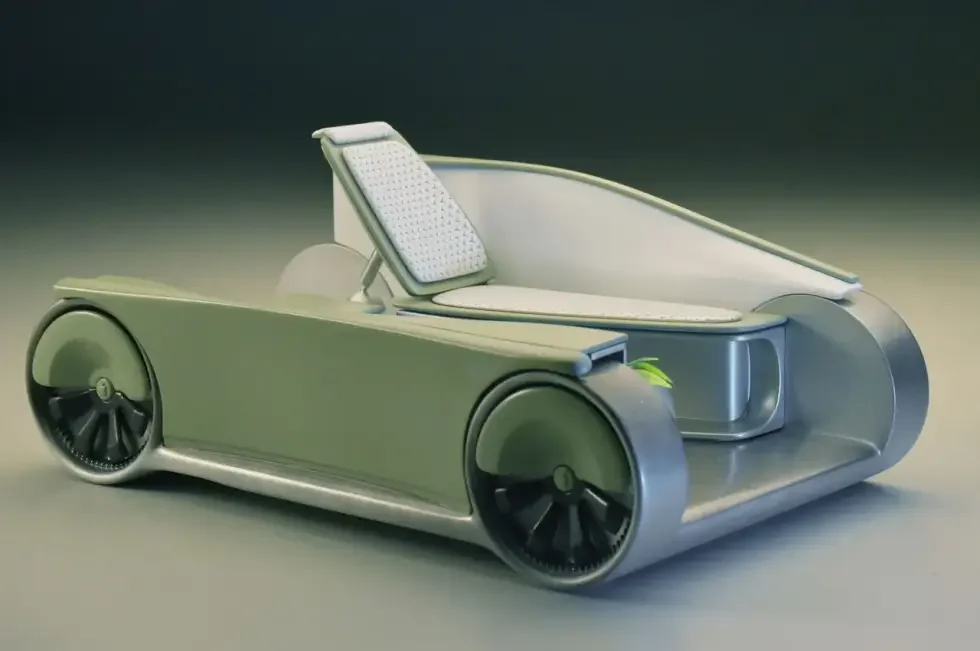
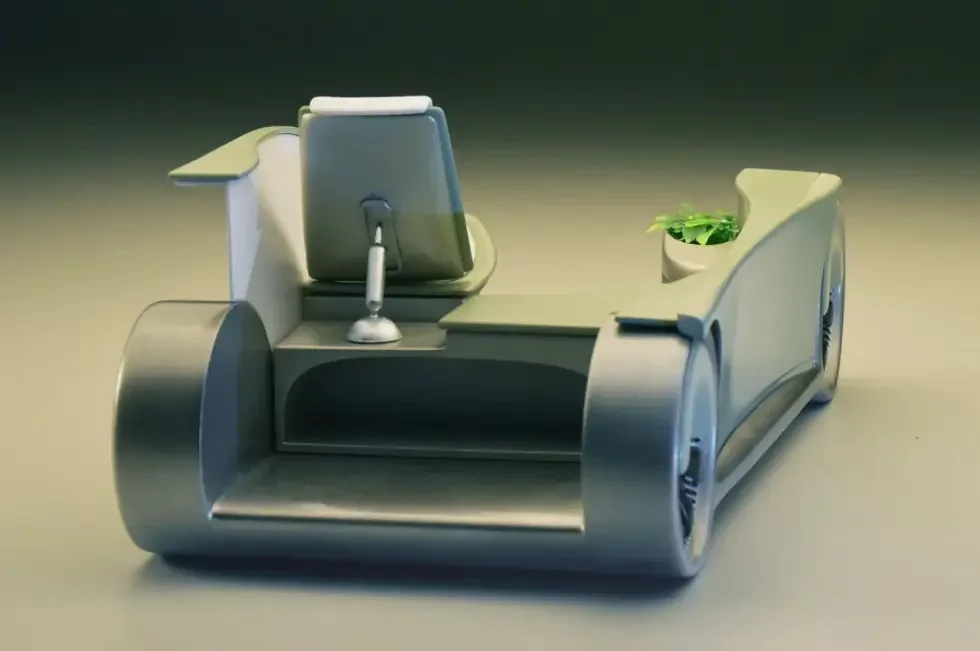

Images courtesy of Richard Huang/Behance

